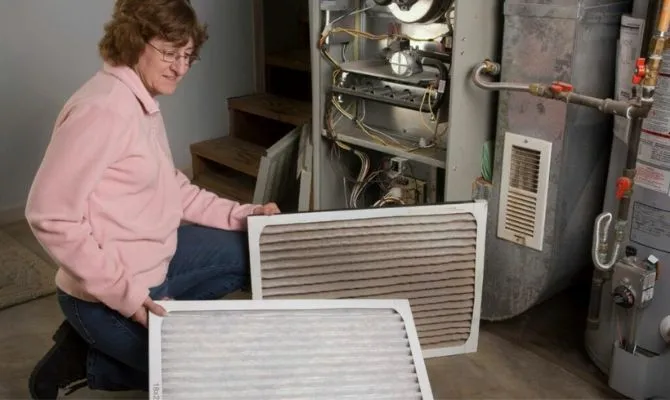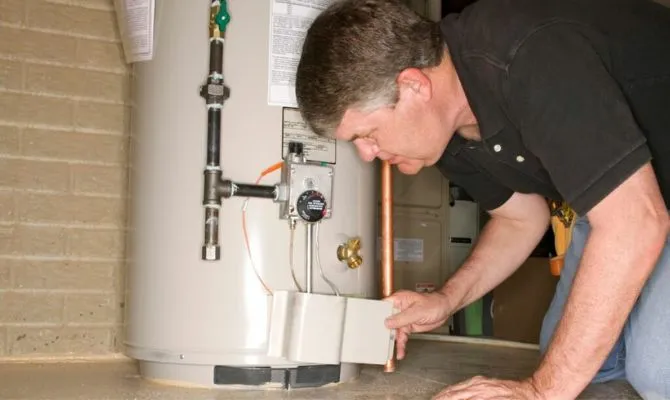High efficiency furnaces are designed to use less fuel to produce the same amount of heat as lower efficiency models. This means that they may run more often, but for shorter periods of time, resulting in longer overall run times. This increased runtime is necessary to maintain a consistent temperature in the home, but it also results in improved comfort and energy savings.
High efficiency furnaces typically have advanced controls and modulation technology that allows them to adjust their output based on the heating demands of the home. This means that the furnace can operate at a lower capacity when less heat is required and ramp up when more heat is needed. This precise control over the furnace’s output allows for greater efficiency and energy savings, as the furnace is only producing the amount of heat required to meet the home’s heating needs.
While high efficiency furnaces may run more often, they do so in a more controlled and efficient manner, resulting in greater comfort and energy savings over time. Additionally, high efficiency furnaces are typically better insulated and have improved air sealing, which helps reduce heat loss and further improve efficiency. This means that while the furnace may run more often, it is doing so in a way that maximizes energy savings and minimizes waste.
In conclusion, high efficiency furnaces may run more often than lower efficiency models, but this increased runtime is necessary to maintain a consistent temperature in the home. Additionally, high efficiency furnaces have advanced controls and modulation technology that allows them to operate more efficiently and maximize energy savings. When combined with improved insulation and air sealing, high efficiency furnaces can provide greater comfort and energy savings over time, making them a smart investment for homeowners looking to reduce their energy costs and environmental impact.


